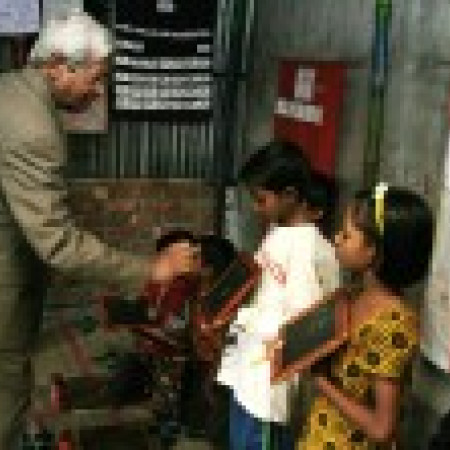Collaboration
Thomas Lehner - Putting Business to Work in Disaster Relief
When huge disasters like Hurricane Katrina strike, who better to help out than the companies that provide many of the goods and services that relief agencies depend on? In this audio interview, Eric Nee, co-host of Social Innovation Conversations, converses with Tom Lehner, manager of the Partnership for Disaster Response, on how business has been providing an organized response to some of the most disruptive natural catastrophes occurring around the world over the past four years.






